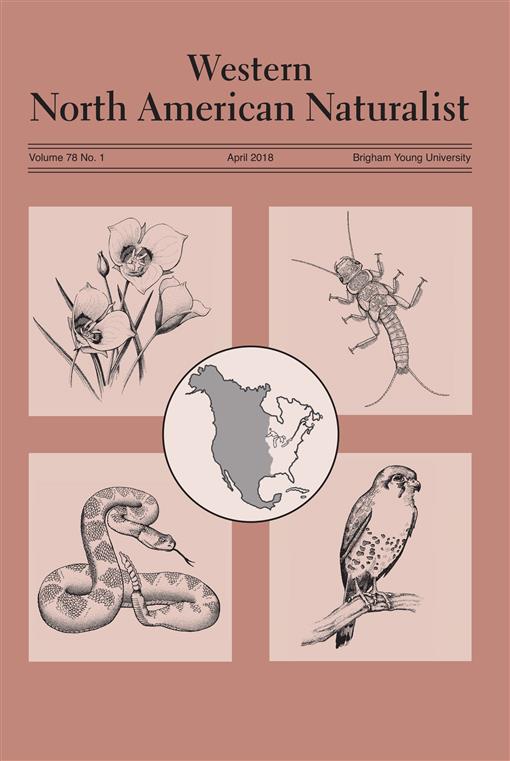High selenium (Se) in watersheds can cause detrimental effects to many vertebrate species, but less is known regarding its effects on invertebrates comprising the basis of the food chain. This study addressed the response of a natural community of chironomid (midge) species to Se in 2 high-gradient streams that join to form a sandy-bottom front-range stream known to contain increasing downstream concentrations of Se. We identified a total of 151 species of adult male midges (n = 714) collected in 2007 and 2008 from 14 sites in the Fountain Creek Watershed, Colorado, USA. In the initial analysis, the midge community was assessed for possible effects of Se and pH by using binary sets of 25 variables by means of canonical correspondence analysis (CCA) procedures. Further computations revealed significant relationships between the presence of midges and spring total Se (P = 0.0006, unfiltered water), dissolved Se (P = 0.0006, filtered water), and pore water Se (P = 0.0034, interstitial water in coarse and fine gravels) in the spring season. In the fall, the community showed a significant response to total Se (P = 0.0500), a strong association with dissolved Se (P = 0.0044), and a weaker yet significant association with pore water Se (P = 0.1266). We have not found reports indicating either positive or negative responses of midges to increasing Se in field studies. Although there were no significant associations of midges with lower pH during the spring in any fraction of the water (P = 0.7367, 0.7367, and 0.7469, respectively), there were significant associations to higher pH during the fall in all fractions (P ≤ 0.0100). Mean concentrations of dissolved Se in lower-elevation sites ranged from 2.05 to 9.69 µg/L in the spring and from 2.67 to 18.59 µg/L in the fall; mean pH ranged from 7.5 to 7.8 in the spring and from 8.0 to 8.1 in the fall (2007). The association of silt/clay particles with the occurrence of midges was not significant in any of the waters in the spring or fall. Since some chironomid midges have a tendency to be found in areas exhibiting increasing Se in a downstream gradient in Fountain Creek, would they be found in similar water quality profiles in other watersheds? This possibility warrants serious study in other streams, particularly in the western United States where Se has been entering aquatic food chains of fish, birds, and mammals.
How to translate text using browser tools
17 April 2018
Occurrence of Chironomid Species (Diptera: Chironomidae) in the High Se-78 Concentrations and High pH of Fountain Creek Watershed, Colorado, USA
Del Wayne R. Nimmo,
Scott J. Herrmann,
James E. Sublette,
Igor V. Melnykov,
Lisa K. Helland,
John A. Romine,
James S. Carsella,
Lynn M. Herrmann-Hoesing,
Jason A. Turner,
Brian D. Vanden Heuvel
ACCESS THE FULL ARTICLE

Western North American Naturalist
Vol. 78 • No. 1
April 2018
Vol. 78 • No. 1
April 2018





